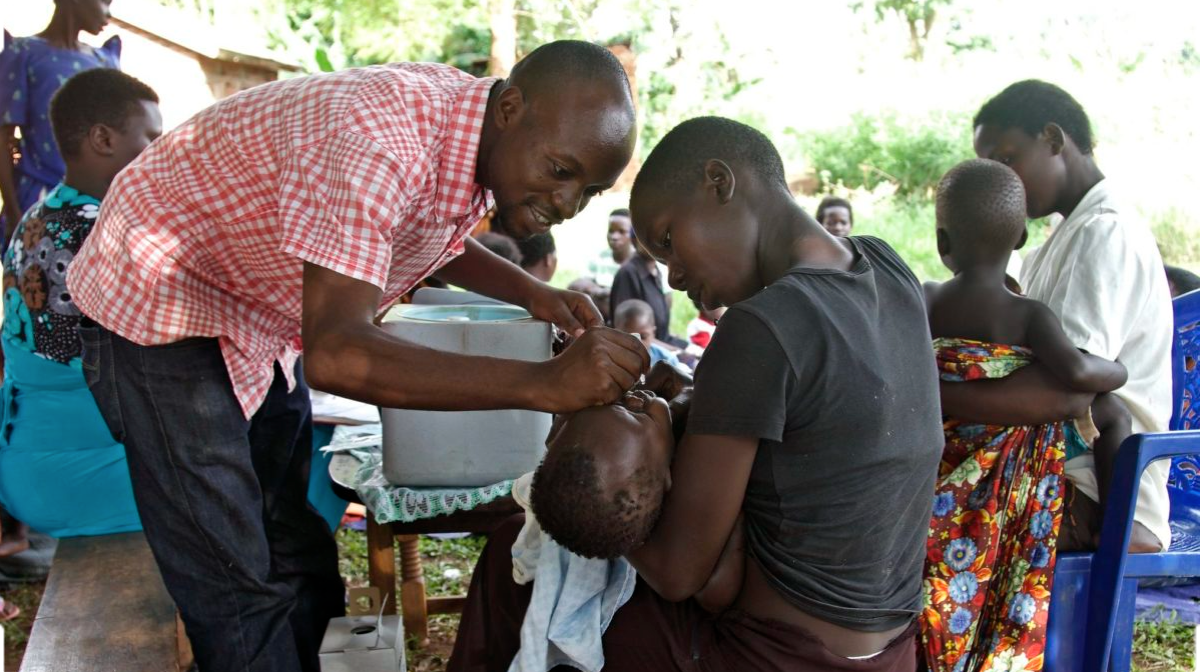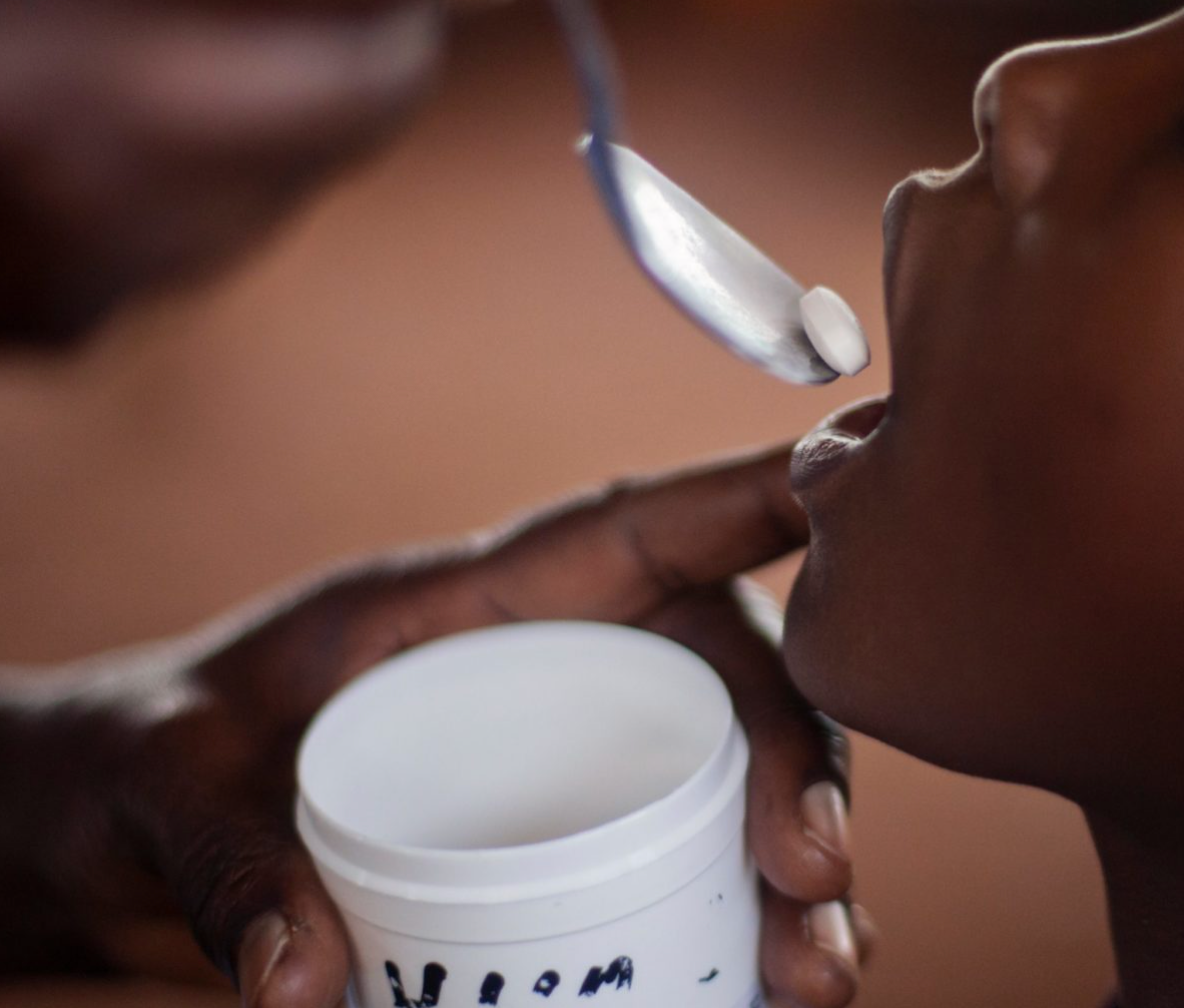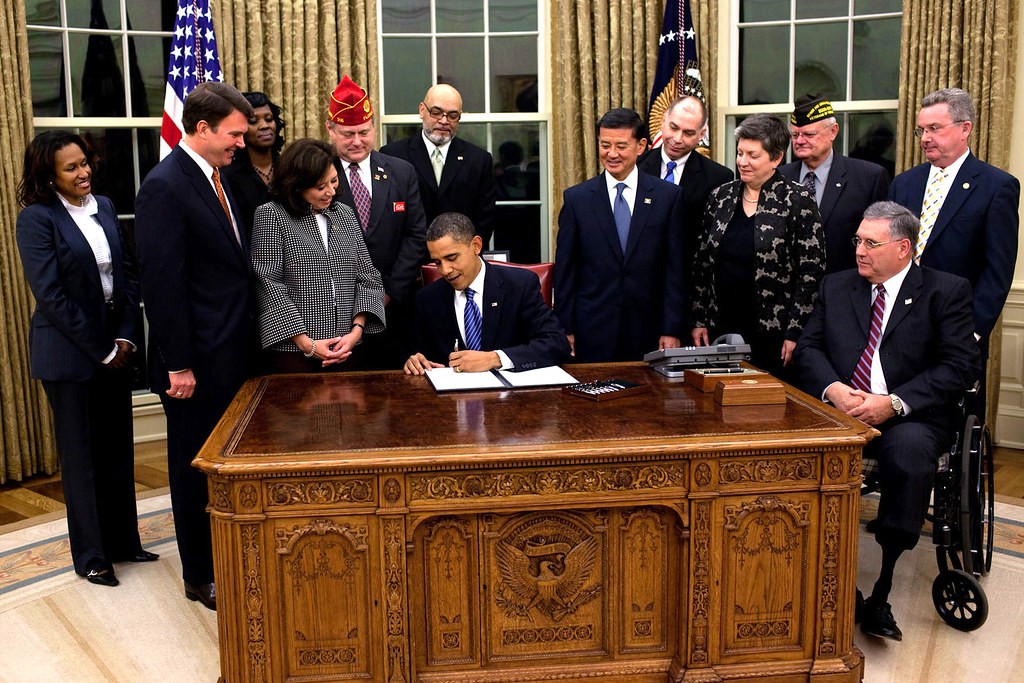Neglected Tropical Diseases (NTDs) — elephantiasis, river blindness, rabies, and intestinal worm infections — have long been stamped out in high-income economies; in the U.S. you are more likely to be hit by a car.
But for people living in parts of Asia, Africa, and Latin America, it’s a different story. Whole communities can be knocked out by these diseases. There’s no way to sugarcoat it: if someone is unlucky enough to contract an NTD, they’re in for a world of suffering.
Adults are likely to experience severe pain; may become permanently disabled, and be rejected by their communities. For children, it’s measurably worse. They’re likely to suffer from malnutrition, meaning their bodies won’t grow properly and they may develop intellectual disabilities.
Needless to say — with stunted growth, cognition, and productivity — these children don't tend to do well in school; if they even attend in the first place. It impacts their future, too. When they become adults, finding a job may be more difficult. If they are living in poverty, this disease may make these conditions worse.
This may be grim, but there’s an upside: these diseases are largely preventable.
Over the past twenty years, a group of scientists, researchers, and government officials tracked the impact of a simple cure for one of these NTDs - parasitic worms. The cost? About fifty U.S. cents per child per year. In other words, there's probably enough money knocking around your sofa to change someone’s life.

Research on a life-saving pill
Twenty percent (!) of the global population have parasitic worms, soil-transmitted helminths, and schistosomiasis. Because of the sheer numbers of people with parasitic worms, researchers have looked into the long term effects of deworming — i.e. the impacts of that fifty cent pill.
In 1998, Edward Miguel, Professor of Economics at UC Berkeley and faculty co-director of the Center for Effective Global Action (CEGA), joined Nobel laureate Michael Kremer and others, to study the health, social, and economic impacts of treating tens of thousands of schoolchildren in Kenya for intestinal worms. Researchers kept in touch with these children and their families over twenty years — and are still following them today.
Miguel and his team at CEGA looked at everything; from marriage, to fertility, to education — as well as the impact deworming had on these people’s families. They compared this group with other adults who hadn’t been treated as children.
The findings were thrilling. People who had received deworming medication were experiencing a higher quality of life than those who had not. This started immediately after being treated — school attendance went up by 25%. But it didn’t stop there. Major areas of their lives continued to improve compared to their peers. For starters, twenty years later they earned 13% more (around $290) per year than those children who hadn’t received deworming medicine. They were also 9% more likely to move to a city (where there are more opportunities), and had 14% more spending power.
The social return rate, or the combined costs and benefits to society of investing in deworming medication, was 37% per year — and that’s being conservative. Many governments recognise this, which is why countries like Pakistan, Kenya, and Ethiopia treat hundreds of millions of children every year. But it’s still not enough.
This leaves us asking: How do we get these governments to turn this information into policy? How can we save more people’s lives — and faster?

Turning knowledge into action
In an ideal world, we would use rigorous research to test promising ideas — like these inexpensive treatments — and the evidence would inform policy, as it did in Kenya. This does happen, but sometimes runs up against real barriers.
In fact, what kinds of information policymakers need to inform decisions, when they need it, and how decisions are actually made in government, can be murky. This stalls transparent, evidence-informed policymaking — and frustrates people like you and I.
This murkiness can also give space for ‘alternative facts’ and misinformation to sneak into policymaking — which can lead to poor decisions.
This is another way CEGA comes in. They’ve been working on a tool called Open Policy Analysis (OPA). OPA is designed to help policymakers — who hold so much power — make better decisions. They combine research findings (like the deworming studies in Kenya) and other data to support it. This way policymakers can easily understand the impacts of their decisions, and think about the local context.
It can also stop policy being so sluggish, so people don’t have to wait as long to get help.

Take the Kenyan deworming study from Miguel and his team. They were able to translate these results into something called the Net Present Value (NPV), and is something a Minister of Finance or Health would understand. It compares the increase in the well-being and earnings of a child to how much it costs to help them. In short: they can see it’s a bargain that will help more than one generation — a bargain they can easily turn into policy.
Understanding how the government works is crucial to turning research into policy. This means knowing what motivates different actors — and the language they use to communicate ideas. By speaking their language, research centers, like CEGA, can make change happen. For example, when talking to a Ministry of Health, they give them all the information they could possibly need to design and evaluate deworming programs.
Policymakers have confirmed that this works. Instead of talking to someone in person, they get most of their information from written resources. This is a big deal. It means that policy analysis — i.e. written documents that contextualise evidence — have a critical role in shaping policy. Done right, it could change lives.
The data that informs policy analysis is more than just numbers. It reflects real human lives: people who deserve to live without suffering. To go to school, to fall in love, to move to the big city. To dream. Let’s help them make this happen.
Want to help CEGA design and test solutions to reduce poverty and inequality, and use policy analysis to help real people faster? You can donate to them below.




